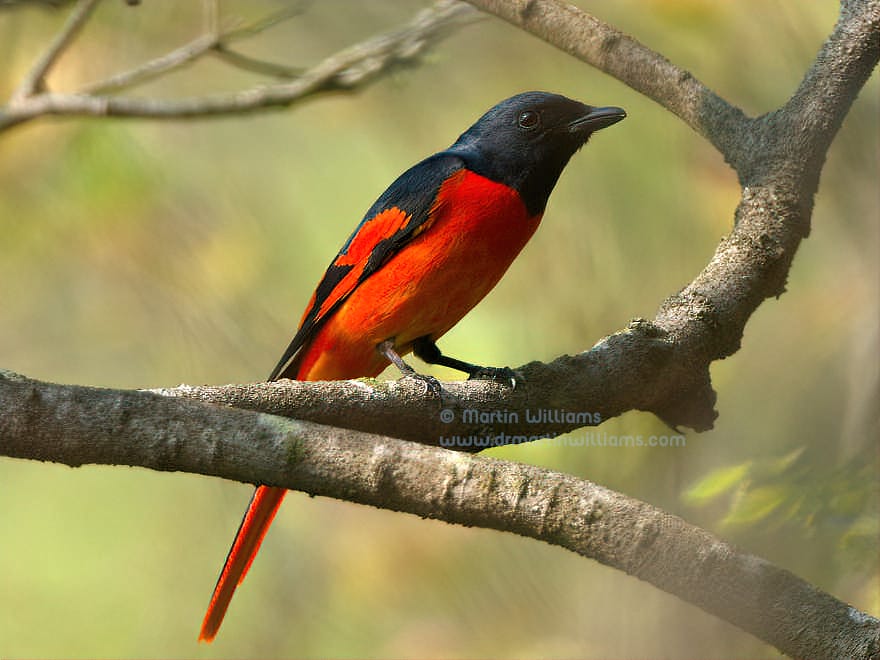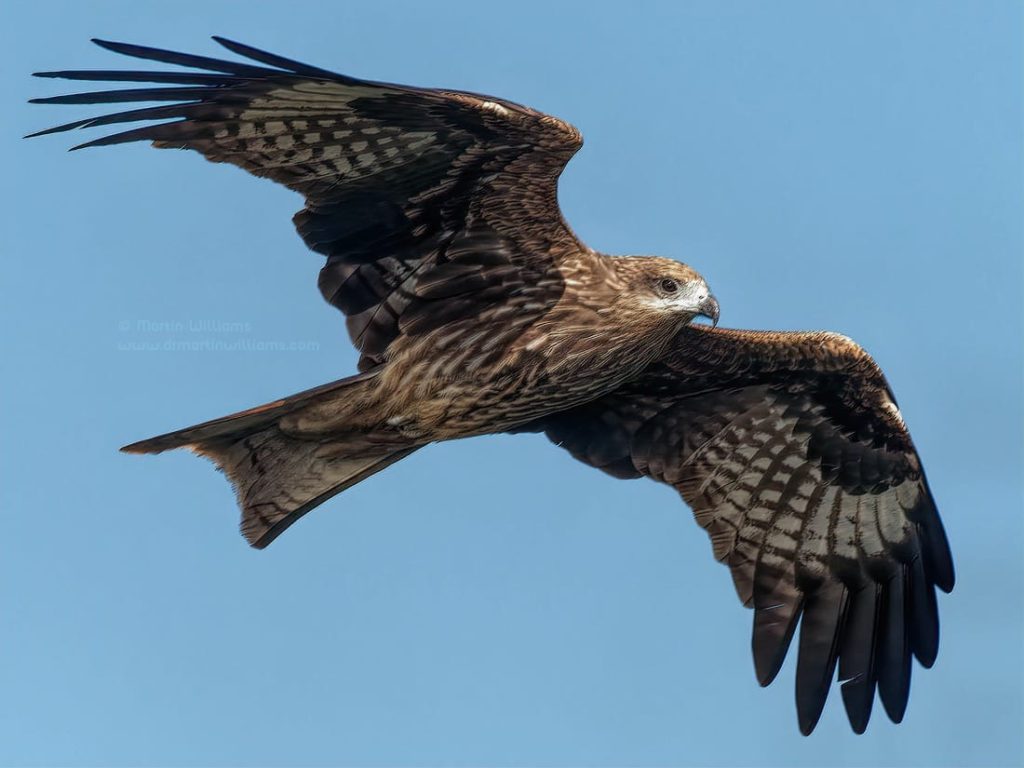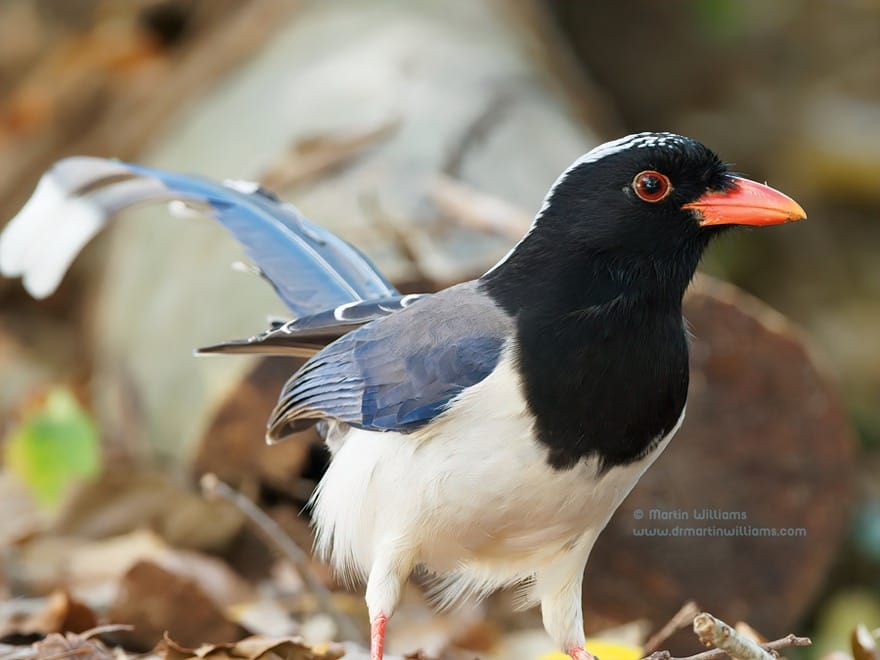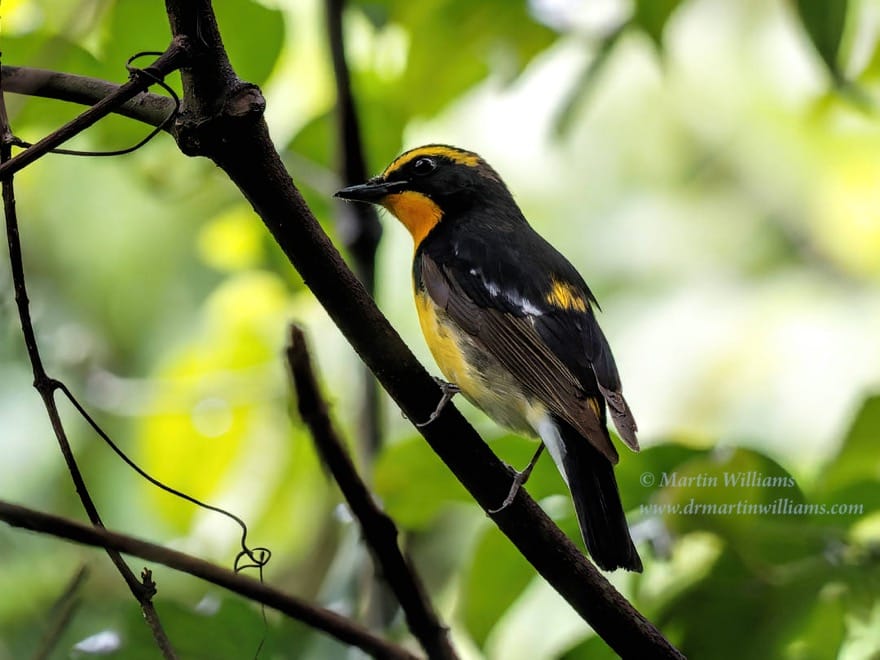While human life has lately been muted in Hong Kong during springtime, local birdlife remains vibrant, offering a chance to enjoy some of the wonders and mysteries of the natural world, right outside your home.

Notably, Hong Kong is a hub for migratory birds, which are on journeys from winter haunts as far south as Australia, to breeding grounds that might be in Siberia, or even Alaska. And with sounds of traffic and pile drivers somewhat reduced, even the calls and songs of birds present year-round can seem just a little more obvious.
Though serious birdwatching requires binoculars, maybe along with a telescope and fine camera gear, you should be able to enjoy watching one of Hong Kong’s most familiar birds simply by looking up, or even out of the window. If your view isn’t too restricted by buildings, there’s a fair chance you’ll see a black kite, gliding serenely overhead.
Learn common birds like Black Kites, bulbuls and Tree Sparrows
Black kites are the commonest birds of prey in Hong Kong, and with a wingspan of up to 1.5 metres they are also conspicuous, especially as Victoria Harbour is one of their favoured haunts. Here, you might see kites swooping down to snatch fish from the water’s surface – occupying the niche of gulls that abound in coastal areas in many parts of the world, but are only winter visitors to Hong Kong, and scarcely seen away from Deep Bay in the northwest. The kites are dark brown rather than black, with broad wings to help them soar, and forked tails that help clinch identification.

Perhaps two thousand or more black kites head to Hong Kong each autumn, to avoid the frigid winters that make life tough in their breeding grounds in north China and Russia. Some local birdwatchers survey them at roosting sites where kites gather as evening approaches, especially on wooded slopes southwest of the Peak. Most of these migrants will be northbound by now, but a few tens of pairs of black kites breed here as well, favouring islands such as Cheung Chau.
Other birds you should see close to home include bulbuls, which occur almost wherever there are trees, including city parks and gardens. These are fairly small songbirds – around 20cm long, from bill tip to tail tip – and are fond of perching on high branches, drawing attention to themselves with cheery-sounding calls. Two species are especially common here. One of them – light-vented bulbul – is greenish above, pale below, with a striking black and white head pattern. The other is browner overall, and easily recognised as it sports a tall, black, pointy crest; it’s called red-whiskered bulbul, though you need to look closely to spot the small red patches below its eyes.

Bulbuls are sociable birds, often roaming around in small parties. Not so another widespread songbird, magpie robin. Male magpie robins are mostly black above, with white wing patches and bellies, and whistle and warble their songs from perches around their territories. To our ears, the song sounds sweet, but while it might entice females, magpie robin song also tells rivals, “This is my place – keep out!” At times, you might see two males chasing one another in short bursts, perching and flashing tails with white undersides and outer feathers, perhaps briefly tussling till one departs.
Male sparrows also cock their tails when squabbling with rivals. But mostly, sparrows seem more interested in looking for seeds than in holding territory. Small, brown, and chirping rather than singing, sparrows are easily overlooked. And after all, sparrows are common worldwide, right? Well, the answer’s not quite so simple. In most parts of the world, you see house sparrows – grey-capped males that have black chins and bibs, and drabber brown females. While in Hong Kong -as across much of East Asia – we have tree sparrows, with ruddy crowns and black chins adorning both males and females.
According to Dennis Summers-Smith, the world’s leading expert on sparrows, this difference in distribution stemmed from perhaps 10,000 years ago, as house sparrows began associating with wheat farmers in the Middle East, and spread from there; while tree sparrows took to living alongside rice farmers in China. But I find no answer as to why male and female house sparrows have different plumages, while both sexes of tree sparrow are identical.
Exotic Blue Magpies and minivets, and noisy cuckoos

If you’re lucky while out in city parks and country parks, you might see a far more exotic looking bird with identical looking males and females: red-billed blue magpie. Soft blue above, white below, and with a contrasting black head and red bill, this magpie has a striking pattern, and is even more spectacular as it’s up to 68cm long, over two-thirds of which is tail. As if to help us humans find them, blue magpies are also very vocal – screeching, chattering and warbling, as they gather in trees, then flap and glide across open areas one at a time, long tails streaming behind them.
Scarlet minivets are even more brightly coloured. The males have black heads and backs, contrasting with scarlet underparts and wing patches. Females are colourful too, but yellow and black instead. The minivets used to be mainly restricted to forests in the New Territories, though in the past five years they have colonised places across Hong Kong, and you may well find them feeding in trees, or flamboyant males breezily whistling from treetops.
Calls and songs can be a great help in finding and identifying birds, and some are far more readily heard than seen. You might already know the sound of one of these – which sings “Ko-el”, then repeats this perhaps five times with rising pitch and urgency, till it’s yelling rather than singing. This is a koel, named for its song, and is a kind of cuckoo. Males are jet black, with ivory coloured bills, and though twice as big as bulbuls they can seem invisible, lurking in the canopies of banyan trees and singing morning, noon and night.
Two more cuckoo species mainly breed in rural areas, and also have loud, distinctive songs. Large hawk-cuckoo is a denizen of woodland hillsides, and has an easily recognised, strident song: “Brain fever … Brain fever! … BRAIN FEVER!” Indian cuckoos arrive around the second week of April, and sing while flying as well as perched: “One more bottle! … One more bott-le!”
Passage migrants include colourful flycatcher
Large hawk and Indian cuckoos are among the few species that are summer visitors to Hong Kong. A host of other migrants only stopover here, or even fly on by without stopping. These include some of the most stunning birds in Hong Kong, in a family known as flycatchers – forest birds that make acrobatic flights after flies, mosquitoes and other insects.

Male Narcissus flycatchers are black above, with glow-in-the-dark orange-yellow underparts. Male blue-and-white flycatchers are shining blue above, white below, with black faces. And male Japanese paradise flycatchers – yes, it’s the males that are brighter in these flycatchers – are maroon above, pale greyish below, with black heads and outrageously long tails that might almost be the envy of blue magpies.
Numbers of these flycatchers tend to peak during the first three weeks of April, and fluctuate with the weather. During fine spells with southerly winds, there might be remarkably few migrants to be seen, as most are dashing north in the favourable conditions. But if winds swing towards the north, especially with rain arriving, flycatchers and other birds halt their journeys. This can lead to birdwatching bonanzas, with influxes of common birds along with a chance of rarities – making it well worth braving the rain to check.
While islands such as Po Toi are known hotspots for spring and autumn birdwatching, you could find these migrants even in city parks, farmland and country parks, so might get lucky with great bird sightings close to home. There are no guarantees, as sometimes it rains but doesn’t pour migrants. Yet the rewards can be great, making for memorable days. Plus, of course, even a quiet outing in the rain can beat staying perpetually indoors. And as I so often think when hoping and trying for outstanding migration days: well, maybe tomorrow.
In case of interest: I lead some private birdwatching tours, please see Birding guide in Hong Kong.






















































































